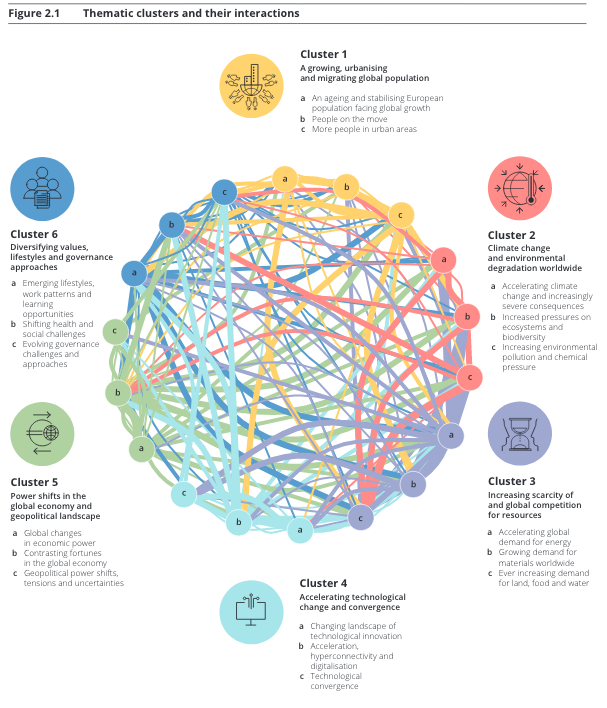CEP is supporting the characterisation of priority emerging issues as part of the third annual cycle of the EU foresight system to detect emerging environmental issues
CEP is continuing in our role of providing the secretariat for the EU Commission’s Foresight System for the detection of emerging environmental issues (FORENV). Now in its third annual cycle, FORENV is focussing on identifying and characterising emerging issues and benefits related to the Zero Pollution ambition for a toxic free environment.
This topic relates to the overall green transformation for the EU towards becoming a climate-neutral, circular, clean and biodiverse region, as reflected in the European Green Deal. It was selected by the European Commission as the focus of FORENV due to ongoing work at the Commission on a new EU Zero Pollution Action Plan for air, water and soil to be developed in 2021. Once complete the outputs of this cycle of FORENV will feed into the first Zero Pollution Monitoring and Outlook report to be published in 2022.
To deliver FORENV, CEP is working with colleagues from Milieu (Belgium), Cranfield University (UK), the German Federal Environment Agency and Vision Communication (Spain). The work to deliver each annual cycle includes:
A broad scanning to compile and characterise at least 100 weak signals of emerging issues for Europe’s environment.
The organisation and facilitation of four participatory sense-making workshops, to identify and select ten priority emerging environmental issues related to the topic (i.e. zero pollution). Due to Covid-19 in this cycle we will are redesigning and running these workshops online.
The characterisation of the ten priority emerging issues to define related risks and opportunities for the environment, through an evidence review and expert discussions.
Preparation of a final report including infographic presentation of each emerging issue. A short video is also prepared for each cycle. The Cycle 1 video can be viewed here.
More information on FORENV can be found on the European Commission website. The final report for the first annual cycle was published in December 2019, and the final report for the second annual cycle will be published early in 2021. The methodology used for FORENV, which was developed for the European Commission through a previous project led by CEP, has also been published.
For further information please contact Owen White (Technical Director), Spela Kolaric (Senior Consultant) or Rolands Sadauskis (Senior Consultant).




